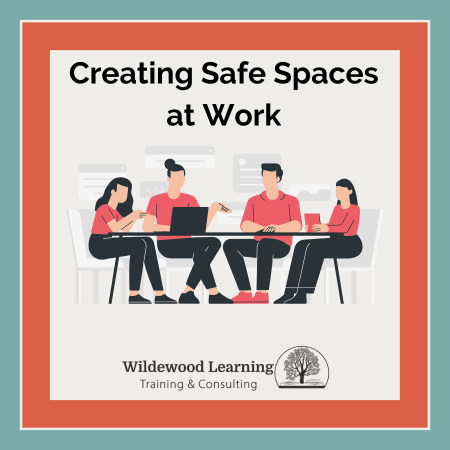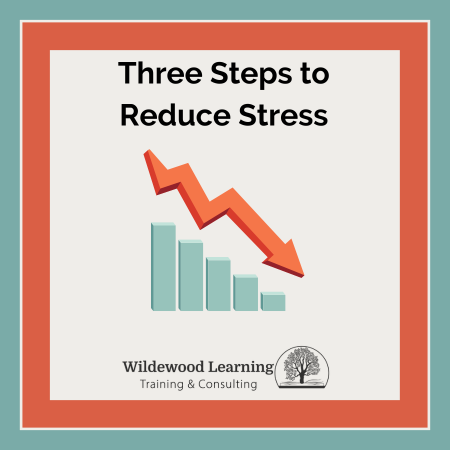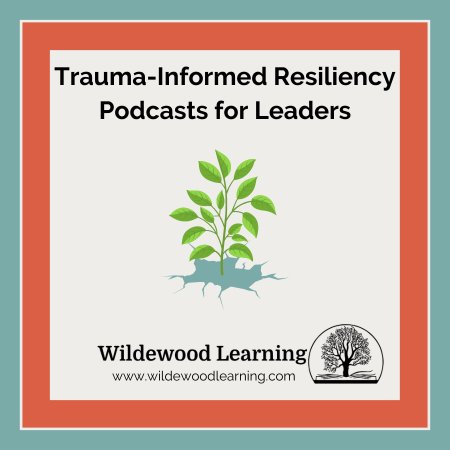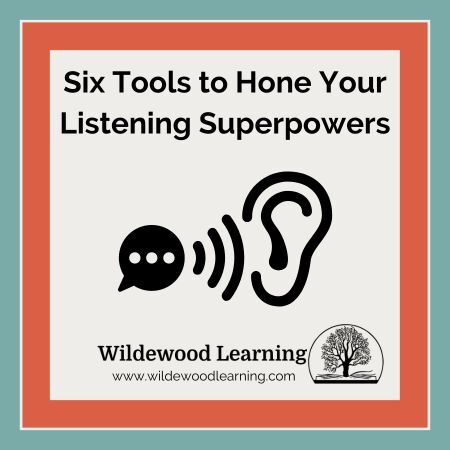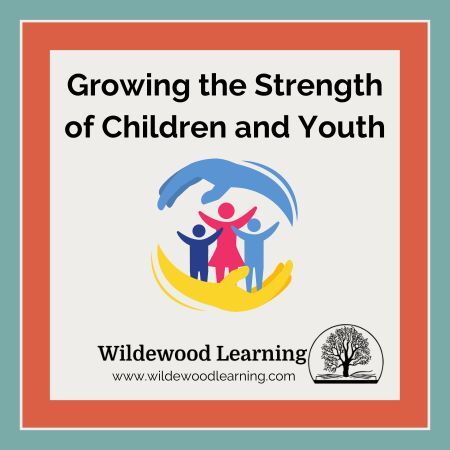Three Action Steps to Creating a Safe Space
Have you ever been in an uncomfortable situation with a client, colleague or employee who emotionally explodes with you? Emoting anger and accusations like a volcano through an email or a text message. You have no idea where all this anger is coming from and why it’s pointed at YOU! You are left wondering, what did I do and what do I do next time when I am in the same room with this person?
This type of situation causes a very uneasy feeling and discomfort in the pit of your stomach, which indicates that you don’t feel safe. Your brain goes into the fight, flight, freeze, or fawn mode, putting you on high alert and recalling other situations where you didn’t feel safe or weren’t able to confront the person.
I, too, have been in this situation with clients, colleagues and as an employee where there was real tension in the workplace. Gossip, blaming, hostility, and criticism are just some ways a workplace environment can harm relationships and cause real stress for all.
Creating psychological safety in the workplace is crucial, especially for helping professionals who are regularly exposed to emotionally intense situations. Psychological safety—the belief that one can express thoughts, take risks, and be vulnerable without fear of negative consequences—enhances resilience, reduces stress, and fosters a supportive environment that ultimately benefits both the employees and the people they serve.
How can your workplace foster psychological safety that addresses stress and trauma to support a resilient, emotionally healthy workplace?
The first step is understanding psychological safety and why it’s essential in a workplace.
The term “psychological safety” was popularized by Dr. Amy Edmondson, a Harvard Business School professor who defines it as “a shared belief that the team is safe for interpersonal risk-taking.” In a psychologically safe environment, employees feel comfortable voicing concerns, discussing mistakes, and challenging ideas without fear of being judged or penalized. This means that everyone in the team feels valued and respected and that their contributions are important. The stakes for helping professionals are high, as they often work in environments where they and their clients may be under considerable stress.
A lack of psychological safety can compound the effects of secondary trauma and compassion fatigue, common among helping professionals who continuously absorb the emotional distress of others. This can lead to burnout, decreased empathy, and an overall decline in mental health, impacting both the quality of care and the workers’ personal lives.
Research by the American Psychological Association highlights that when individuals feel psychologically safe, they are better equipped to manage stress and exhibit resilience in the face of adversity. Psychological safety thus serves as a protective factor against the damaging effects of stress and trauma, fostering a work environment that promotes healing rather than compounding trauma.
The second step is building the foundation for workplace psychological safety.
It all starts with you as a leader. Whether you are a leader in the classroom, your department, a family daycare, or a large staff, we are all leaders! We all need leadership skills and to build them into our daily lives. Leaders who model vulnerability, openness, and empathy set a tone of acceptance and support, inspiring and motivating others to do the same.
Here are three actionable steps that you can take as a leader to start fostering a trauma-informed and psychologically safe environment:
- Be Empathetic: Practice active listening, validate others’ emotions, and prioritize empathy. Leaders can initiate regular check-ins with staff and co-workers to discuss any stressors or experiences of trauma-related work. Dr. Brené Brown, a researcher on vulnerability, emphasizes that empathetic leadership builds trust, a crucial element of psychological safety.
- Trauma and Toxic Stress Exposure is Common: Recognize and acknowledge that trauma and stress are part of the work in helping professions. Leaders can openly discuss situations without stigma. For instance, during team meetings, leaders can share their own experiences of stress and how they manage it, or they can invite team members to share their experiences. When you bring the topic of stress and trauma out into the open, you are encouraging others to seek support.
- Open Communication is Key: In a psychologically safe space, there is time for open conversations, conversations that allow you to explore your feelings and needs without judgment and helps others in doing the same. This open communication encourages and supports everyone in the workplace, making them feel heard and valued.
What does it look like to be a leader that practices psychological safety?
Jordan is a child welfare team director in a busy urban area. Her team, composed of social workers, case managers, and support staff, deals with high-stress cases involving trauma, abuse, and neglect. Due to the emotional demands of the work, Jordan knows that her team members frequently experience secondary traumatic stress and compassion fatigue. She believes that fostering psychological safety is crucial for her team to stay resilient, collaborative, and effective in their work.
Jordan regularly meets with each team member individually to check in on their well-being and workload. During these one-on-ones, she practices active listening. Jordan acknowledges their challenges and avoids giving “quick fixes” to their problems, focusing instead on understanding their needs. She also encourages open communication within the team and invites everyone to share their thoughts on improving workflows, regularly reinforcing that every voice matters.
In team meetings, Jordan is open about her own challenges and mistakes. For instance, she once shared how she felt emotionally exhausted after a particularly tough case but found solace in a mindfulness practice. By showing her vulnerability, Jordan creates an environment where her team feels comfortable expressing their own emotional struggles.
When a team member admitted feeling overwhelmed and doubting their ability to continue in the field, Jordan responded empathetically. She acknowledged the difficulty of the work and reassured them that these feelings were normal. She reminded them of their impact and offered support in finding a manageable balance.
These are just a few examples of how Jordan supported her staff as a leader who recognized the importance of psychological safety and a trauma-informed approach. This approach transformed her workplace culture. Staff reported feeling more supported and valued and less fearful of making mistakes. They shared helpful coping techniques and formed resilience support groups. Morale improved, and turnover rates in the department dropped significantly. Jordan’s leadership fostered an environment where psychological safety and trauma-informed practices strengthened her team’s well-being and the quality of care they provided.
Psychological safety in the workplace is essential for helping professionals who face unique stressors and trauma exposure. By fostering empathy, open communication and encouraging discussions to remove stigma, organizations can create environments where employees feel safe, supported, and empowered to perform at their best. These strategies enhance the workforce’s well-being and improve the quality of care for clients, creating a ripple effect that extends beyond the workplace.

